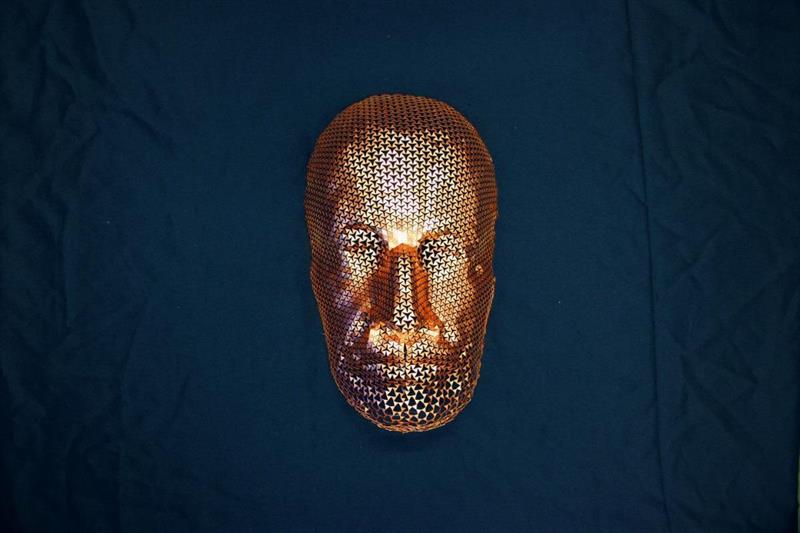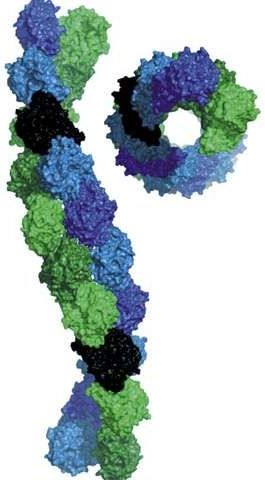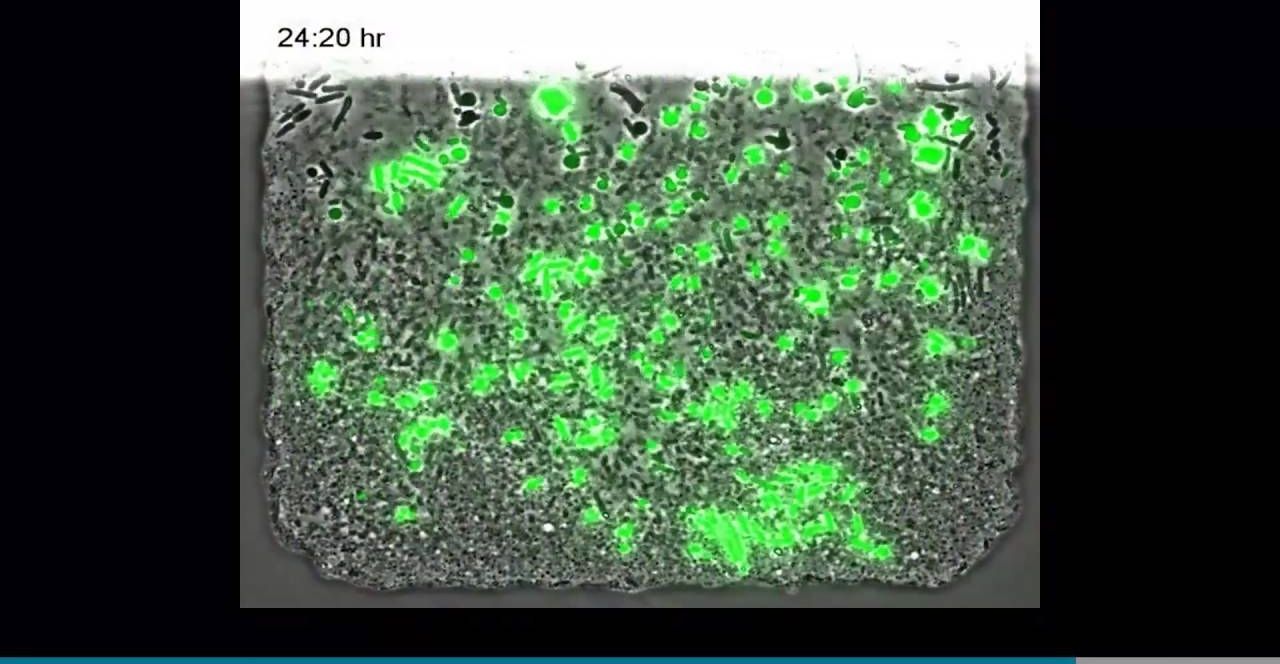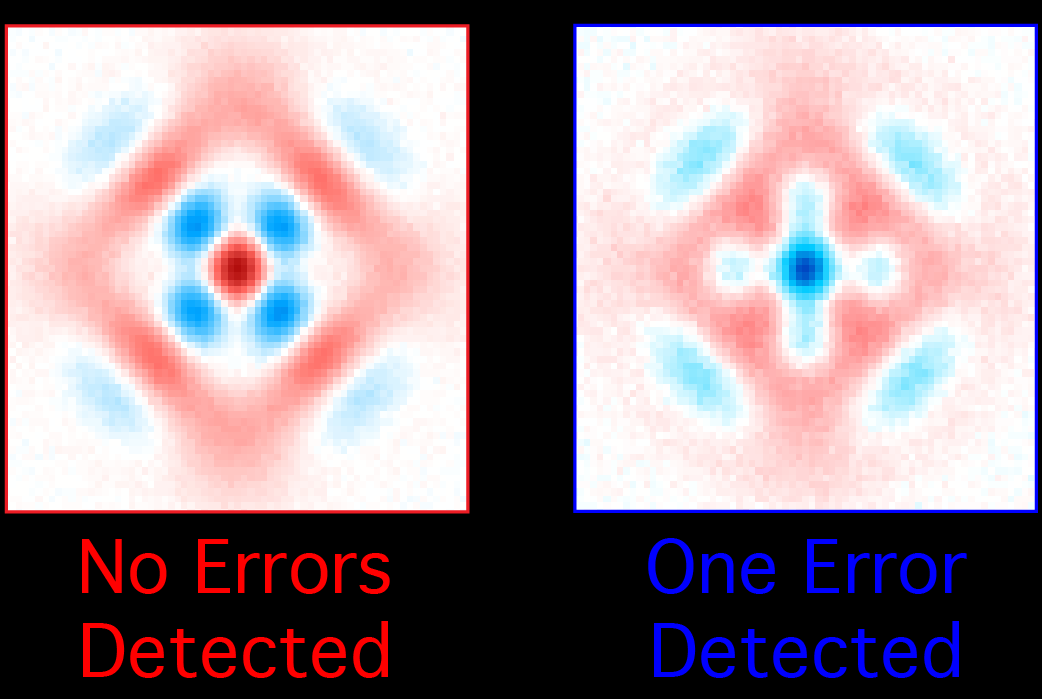Jul 20, 2016
Thermal Separation of Complex Polymers
Posted by Karen Hurst in categories: materials, particle physics
The Postnova TF2000 is an advanced thermal field flow fractionation (TF3) system that provides a highly efficient method of separating and characterising complex polymer samples such as natural or synthetic rubbers, starches and paints from approximately 10 kDa up to 100 MDa and more in organic and aqueous solvents.
The TF2000 uses a temperature gradient as the driving force for its separation of polymers and particles. Molecules affected by the thermal gradient undergo diffusion which enables separation by both their molar mass and chemical composition. This unique feature allows the separation of different materials having the same molar mass. The separation can be further optimized by the use of different eluents and various temperature programs.















